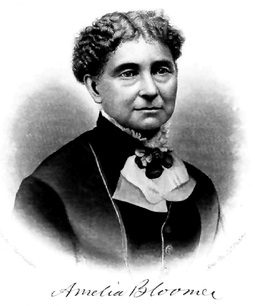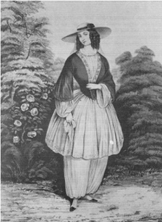This month’s video is on the etymology of the word “Etymology”:
The idea to do a video on the word etymology actually came from my 10-year-old son, and since I was already planning on doing a video explaining Proto-Indo-European, proto languages, and sound changes, the two fit together really well. The core of the script comes from a putative book I’m putting together based on the videos, so I actually had a bunch of material written already.
So one extra wrinkle on the story of Grimm’s Law is that there are some exceptions. Let’s go back to the example of father. We would expect from the Proto-Indo-European (PIE) form *pəter to get the Old English (OE) form *fæþer but instead we have OE fæder. In other words the voiceless stop t should become the fricative th-sound ([θ] for those who want an IPA transcription) but instead becomes a voiced stop d. (As a side note, the d in OE fæder eventually does become th, as in Modern English father, but that’s a later sound change that doesn’t happen until later in the Middle English period). The voiceless p at the beginning predictably becomes the fricative f, but the t doesn’t seem to follow the rule, so what gives? Well it turns out that this isn’t random and it took the Danish philologist Karl Verner to spot the regular pattern. Basically it had to do with the stress pattern in PIE. If the voiceless stop was at the start of the first syllable of the word or if it was immediately preceded by the stressed syllable of the word, it followed the usual Grimm’s Law pattern. But if the syllable before the voiceless stop was unstressed in PIE, the stop instead becomes voiced. We now refer to this addition to Grimm’s Law as Verner’s Law. By the way, if you’re interested in PIE and etymology, you might want to check out my review of Calvert Watkin’s Dictionary of Indo-European Roots, and pick up a copy to play around with. It’s inexpensive and a lot of fun.
Discussion of etymology inevitably brought up Isidore of Seville’s Etymologiae, and as I pointed out, it’s much more than just a book of etymologies. One of the other important things to come out of that book is the so-called T and O maps of the world, which were the standard map arrangements of the middle ages. The T and O maps are based on Isidore’s description of the world in the Etymologiae. Though I don’t explicitly discuss the map, I do visually refer to it, including in the background, which is a manuscript image of the Etymologiae. And as I said Isidore’s book is really an encyclopedic work.
And so, the other side branch of this video is about encyclopedias. I mentioned Diderot’s Encyclopédie as one of the first modern encyclopedias, and I had been wanting to work Denis Diderot into a video for some time. He got a brief visual reference in “Sublime” and a brief mention in the associated blog post, as an iconic example of Enlightenment thought, which he wove into his encyclopedia. There’s a nice TED-Ed video on Diderot if you want more info.
I also mention Wikipedia in the video, and because of its interconnected nature, it’s one of the ways I track down all the connections for the videos I make. One useful tool for doing this is an app called Wikiweb, a reader for Wikipedia which maps out the interconnected links between the Wikipedia entries. It gives you a kind of trace of the links you’ve followed jumping from one Wikipedia entry to another. Here’s an example of what it looks like:
Excitingly, there’s a new Wikipedia-based app on the way that’s based on the Connections-style approach of James Burke, whom I’ve mentioned as inspiration of mine several times before. It’s called the James Burke Connections App, and will exist as both a web-based version and a native mobile app, and you can support its creation through Kickstarter. There’s a prototype of the app already available to play around with. Here’s an example of what it looks like:
Most excitingly, apparently the full app will have the ability to trace out chains of connections on its own. From what I understand, you give it starting and end points and it finds the connection. If you want to hear more about the project, check out the excellent interview that David McRaney did with James Burke himself. It’s a very engaging interview and it gives full details about the app and how it works. (I’m also a big fan of McRaney and his You Are Not So Smart Podcast.) Please consider supporting this worthwhile project at Kickstarter, and help support new and exciting avenues in education. I personally endorse this project and have backed it myself. I’d love to see this app become a reality, so please check it out.
James Burke’s other Connections-style project is his Knowledge Web or K-Web. You can play around with the prototype version of the K-Web implemented on TheBrain platform. As it turns out, one of the facts in my “Etymology” video comes from the K-Web, the connection between Warren Hastings and Denis Diderot (which you can read about here). It was through the K-Web that I found out about TheBrain software (which I also heartily recommend). I keep track of my own research through TheBrain, and have constructed my own database, a kind of etymological dictionary crossed with an encyclopedia, which when you think about it is kind of the ground this video covers, so very appropriate. So I’ll leave you with one last screenshot of The Endless Knot research that lies behind the video.



















